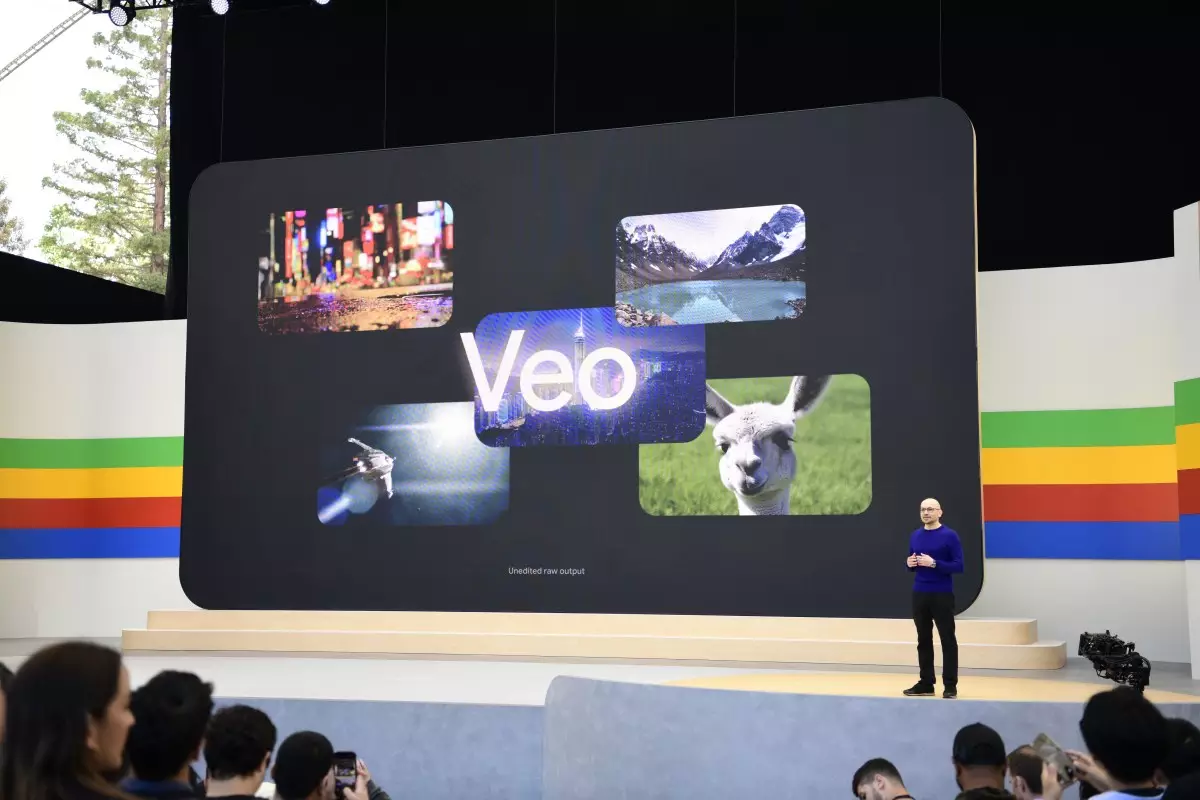In the rapidly evolving landscape of artificial intelligence, Google’s recent hints about integrating its cutting-edge models into gaming and interactive environments signal a transformative shift. While current technology, such as Veo 3, demonstrates impressive capabilities in generating realistic videos and audio, the true potential lies in transcending passive content creation toward active, dynamic simulation. The tantalizing possibility that Google might develop a playable world model—not just generate scenes but understand and predict complex interactions—could revolutionize how we experience digital universes. This shift offers a vision where AI doesn’t merely craft content but becomes an active co-creator, enabling users to engage with worlds that respond, evolve, and adapt in real-time.
The Distinction Between Video Generation and World Modeling
A fundamental challenge overlooked in the excitement is the distinction between video-generation models and true world models. The former excels at creating visual content that appears convincing and immersive. The latter, however, involves simulating the underlying physics, logic, and decision-making processes of an environment. Developing a world model requires AI to understand causality, spatial relationships, and temporal dynamics with a high degree of fidelity. Google’s recent public statements and ongoing projects suggest an ambition to bridge this gap—transforming generative models into comprehensive simulations capable of nuanced interaction. If successful, this would mark a paradigm shift, elevating AI from content creator to genuine environment animator, similar to how a psychologically intuitive actor navigates complex scenarios.
The Limitations and Future Horizons of Generative AI
Despite breakthroughs like Veo 3 and Genie 2, current models remain fundamentally passive. They generate impressive content, yet they lack the agency necessary for interactive gameplay or predictive scenario testing. Achieving true interactivity necessitates moving beyond static outputs toward models that can simulate ongoing processes—responsive, adaptive, and even self-correcting. The vision of a hybrid approach involving Veo’s realistic video synthesis paired with Genie’s potential for simulation hints at a future where AI-driven worlds might evolve fluidly rather than being pre-scripted. Such progress faces significant hurdles in real-time computation, consistency, and controllability—elements critical for immersive gaming experiences.
Implications for the Gaming Industry and Beyond
The impact of these advancements extends beyond gaming; they touch on fundamental transformations in digital storytelling, virtual collaboration, and even educational platforms. If Google’s AI can reliably generate and manipulate dynamic environments, it would democratize content creation, allowing creators and users alike to craft personalized worlds on the fly. Moreover, this could challenge established industry giants like Microsoft and OpenAI, who are also investing heavily in immersive AI. Competition will likely spur innovation, pushing limits for AI’s role in interactive entertainment. Yet, it’s crucial to maintain a critical eye on the ethical and practical challenges—such as ensuring consistent user experiences and preventing misuse of hyper-realistic content.
The Road Ahead: A Hybrid Future of AI and Human Creativity
Looking forward, the pursuit of combining generative capabilities with dynamic simulation suggests a hybrid model where AI enhances human creativity rather than replacing it. Google’s vision of transforming Veo and Genie into tools for active environments hints at a future where digital worlds are no longer static or pre-designed but are vibrant, adaptable landscapes. This evolution could unlock unprecedented levels of immersion and personalization, fundamentally transforming how we interact with technology. However, realizing this vision demands continuous innovation, rigorous testing, and an unwavering focus on balancing technological power with ethical responsibility. The advent of such AI-driven virtual universes promises an exhilarating era—one where the boundaries between real and virtual blur, empowering users to explore digital realms that are as rich, unpredictable, and alive as the natural world itself.

